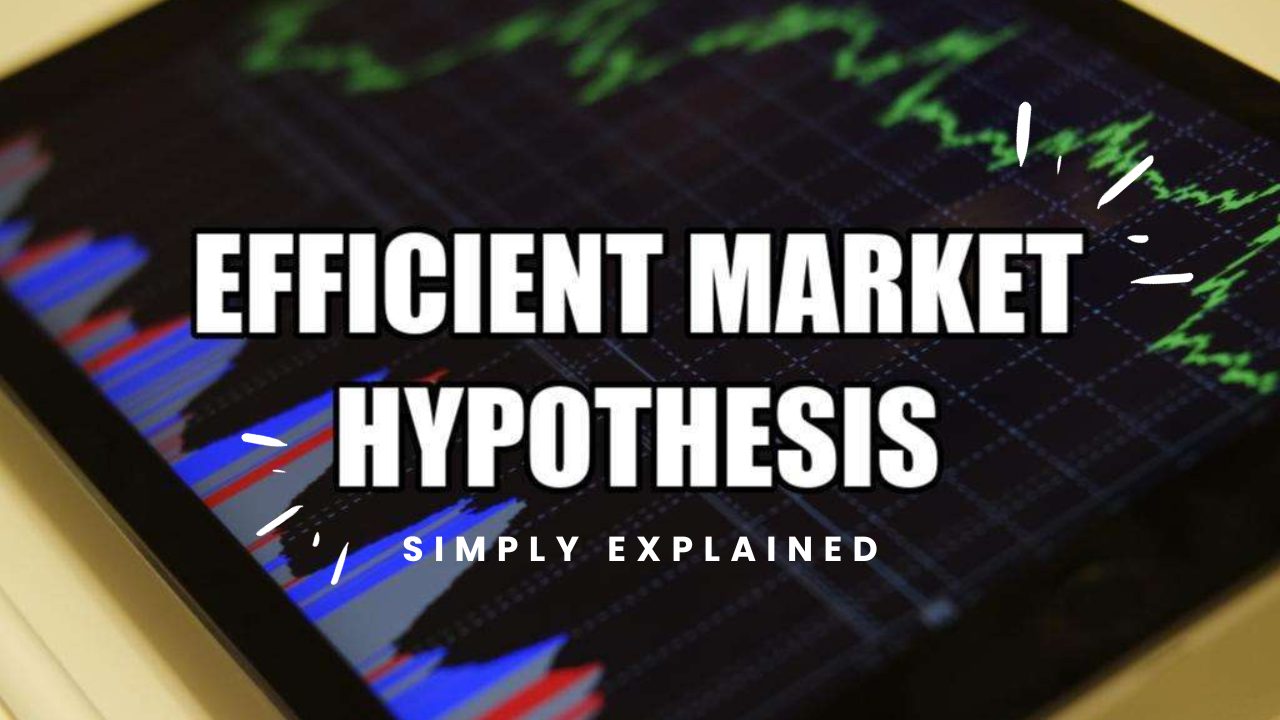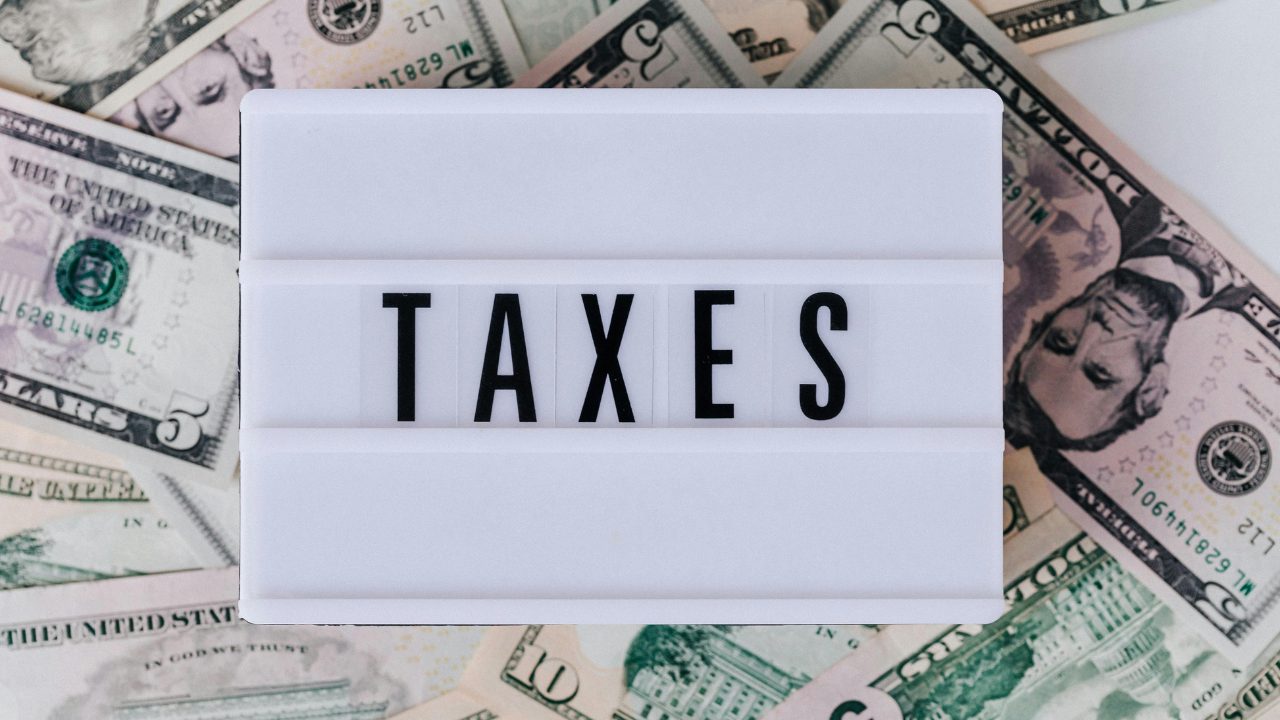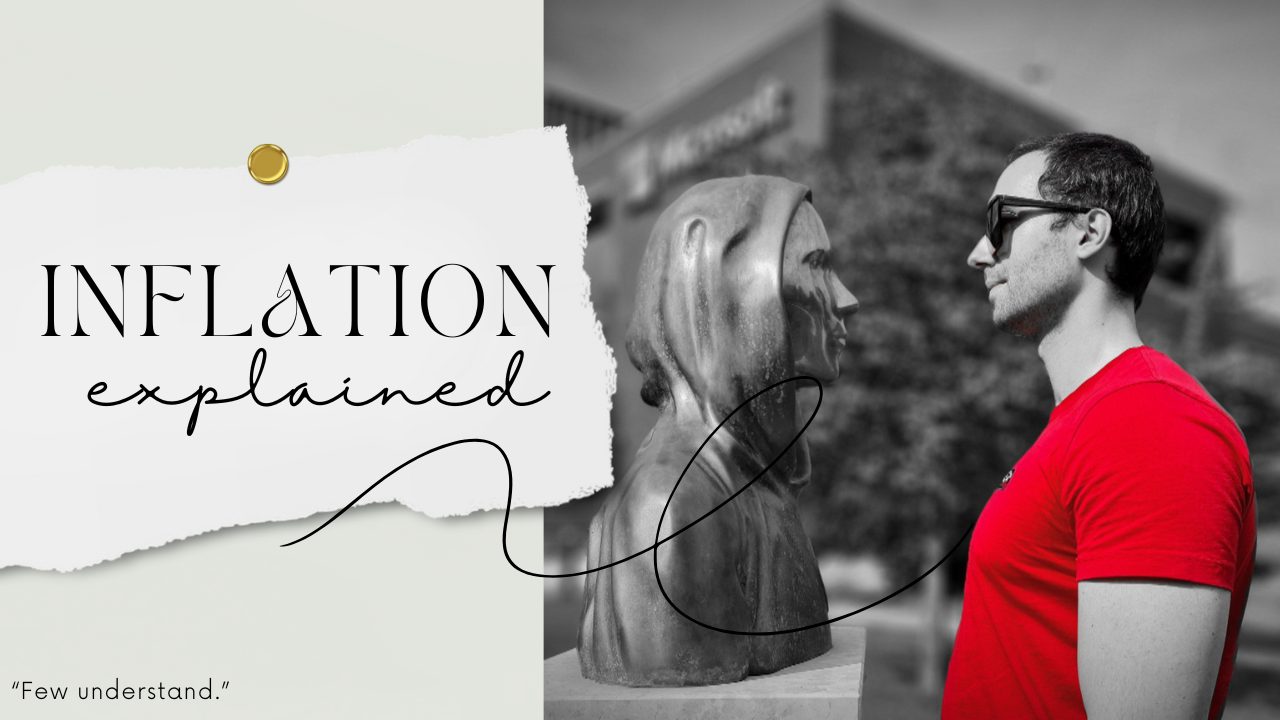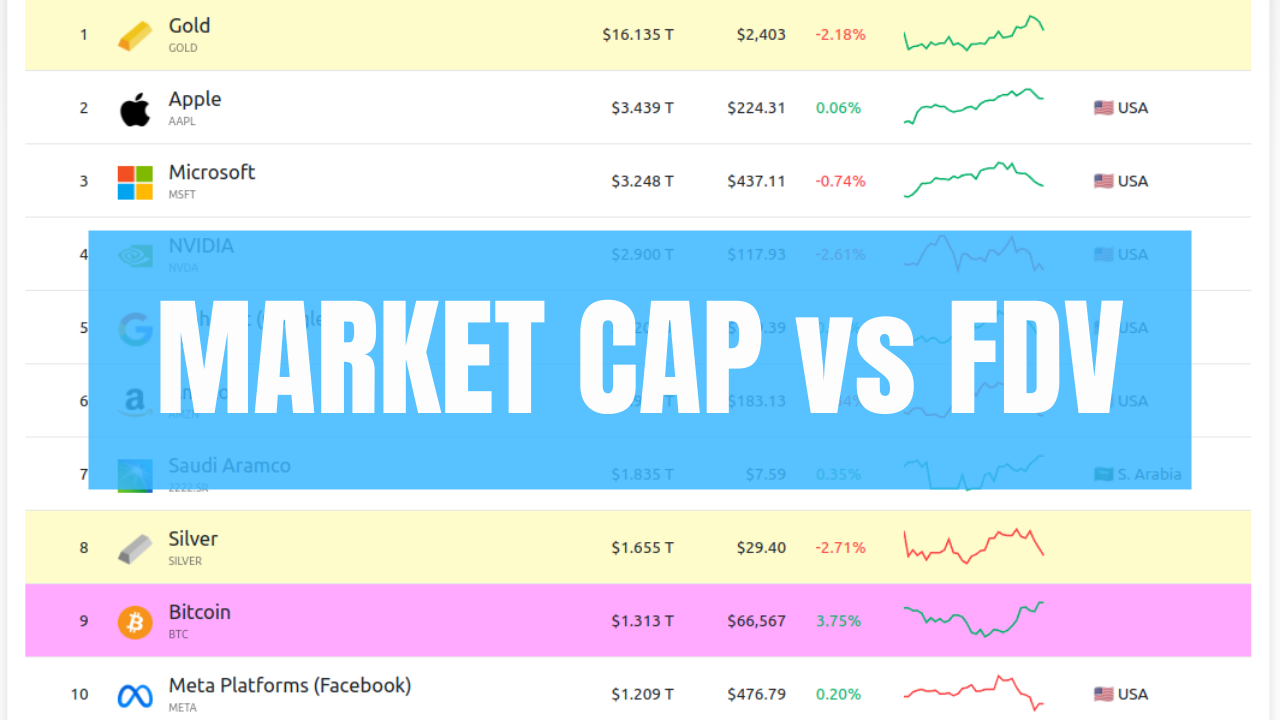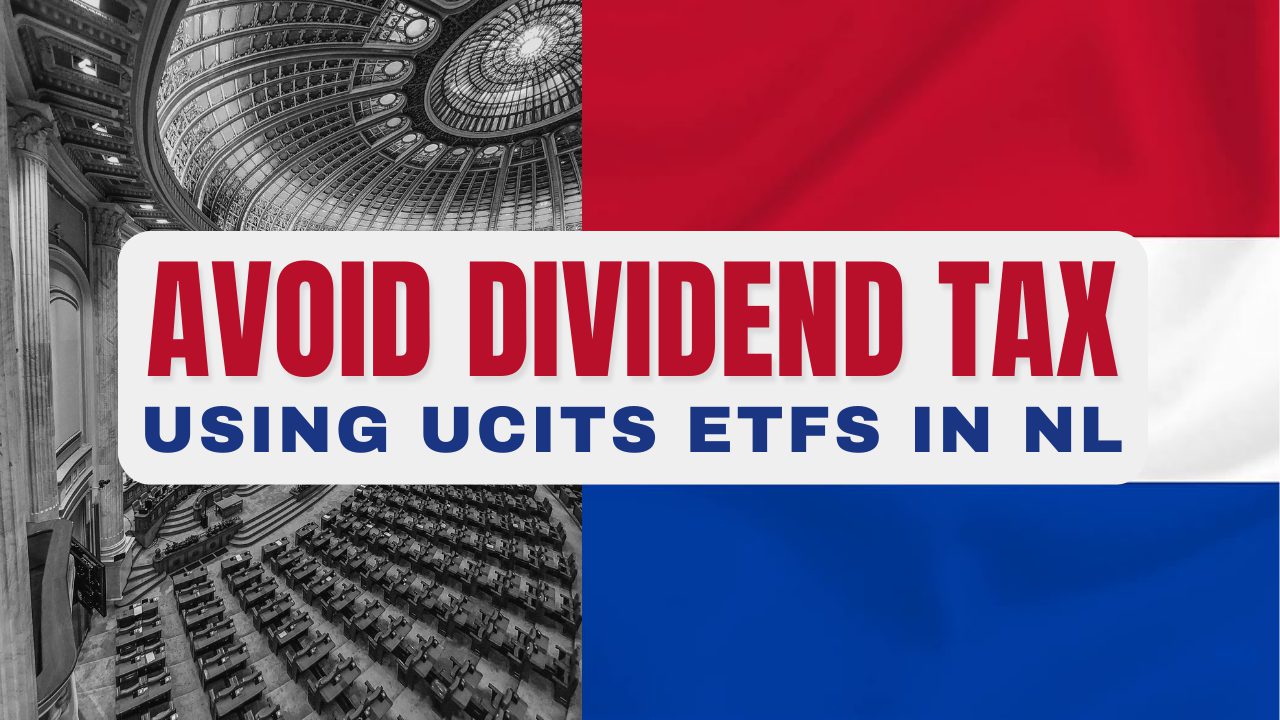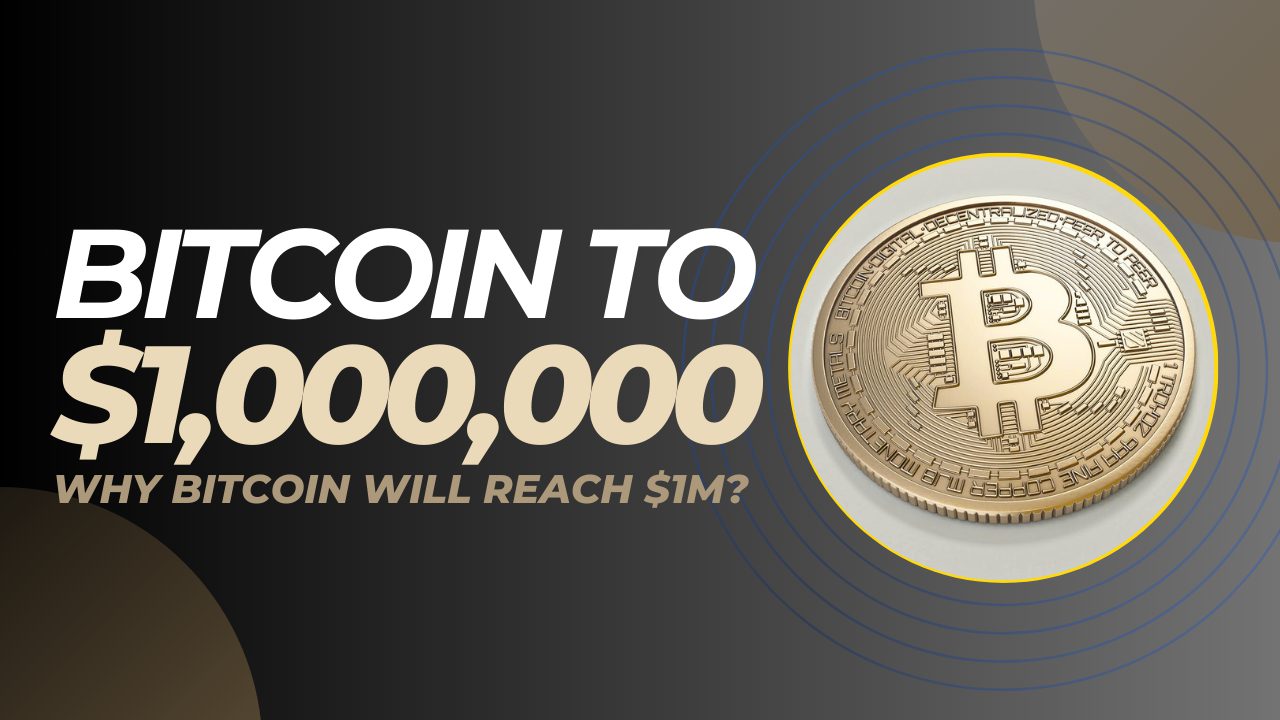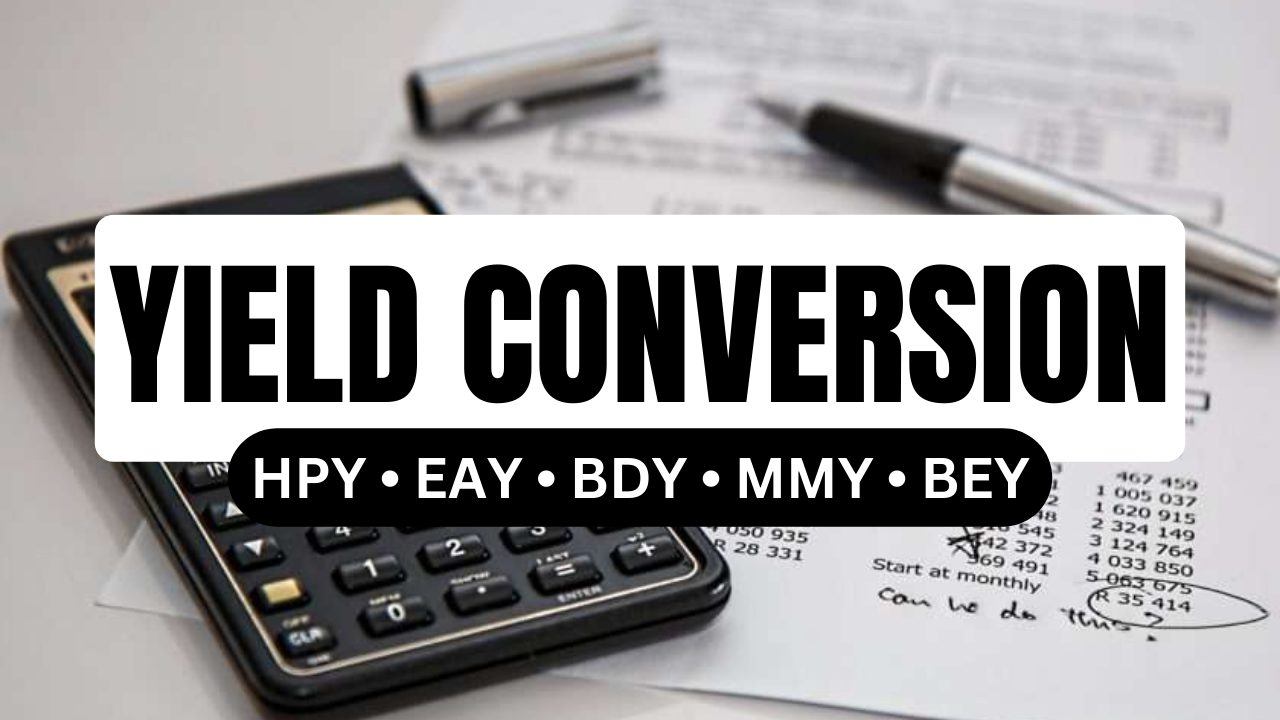
This post is the ultimate lesson on conversion between different yield representations:
- Holding Period Yield (HPY)
- Effective Annual Yield (EAY)
- Bank Discount Yield (BDY)
- Money Market Yield (MMY)
- Bond Equivalent Yield (BEY)
So, whether you ended up here because you want to learn more about the different yield representations, need help with a specific yield conversion, or need a quick summary because you’re studying for an exam, you’re at the right place.
Let’s start by defining what each of the yields represent.
If you only want to see formulas, scroll to the bottom of the post.
HPY – Holding Period Yield
Holding Period Yield is the total return on an investment.
It is calculated by dividing the ending balance, including all cash flows, with the starting balance like so:
HPY = \frac{EndBalance \: + \: CashFlows}{StartBalance} - 1The result is the percentage change which represents a real yield and accounts for compounding.
This is the most basic yield type and we will use it as basis to convert between the rest of the representations.
EAY – Effective Annual Yield
EAY is the annualized yield of an investment.
The EAY (effective annual yield) represents an annual yield of a HPY and is calculated as:
EAY = (1 + HPY)^\frac{365}{t} - 1Where t is the number of days the position was held for.
BDY – Bank Discount Yield
BDY is the rate of return calculated on bank discount basis, annualized on a 360 day year.
Pure discount instruments (such as US T-Bills) are quoted on a bank discount basis. BDY uses simple interest (ignores compounding) and it’s based on the face value rather than the purchase price.
It’s calculated as:
BDY = (1 - Discount) \times \frac{360}{t}Where t is the number of days to maturity and:
Discount = \frac{price}{face}Where price is the market value of the security and face is the face or par value of the security.
To get the HPY, use the information about the discount – if you think about it, the HPY is the ending amount (the amount without the discount, or the face value) divided by the starting amount (the amount with the discount applied). Mathematically, just assume a par value and divide it by the discounted price:
HPY = \frac{1000}{1000 \times Discount}MMY – Money Market Yield
Money market yield is the annualized holding period yield assuming a 360 day year.
It can also be calculated from HPY in the following way:
MMY = HPY \times \frac{360}{t}Where t is the number of days to maturity.
BEY – Bond Equivalent Yield
BEY is the yield represented on US bond basis – quoted as twice the semiannual yield (as coupon payments are made semiannually).
That means that we’ll need to find the semiannual rate and multiply it by two.
BEY = (\sqrt{1 + EAY} - 1) \times 2The square root is actually raising it to the power of 1/2 – converting the effective annual yield into a semiannual yield.
And we already explained how we can find the EAY from the HPY above.
Convert between the yields
As you can see, all the yields can be transformed from and into the HPY.
If you’re preparing for an exam, make yourself comfortable with converting between HPY and any of the yields (in both directions) and you’ll have no problem.
There are also “shortcuts” for converting between the yields directly but there’s no need to hold extra information in your head. Your life will be way easier if you just get comfortable with converting from and to the holding period yield.
Examples
With all that said, let’s try a few examples to commit what we’ve covered to memory.
Example 1
You bought 100 shares of a stock priced at $28 in September. In December, it paid a dividend of $2 per share after which you sold your position at $35 per share. Calculate the effective annual yield.
Answer 1:
At the beginning of September, your portfolio value was 100 x $28 = $2800.
At the end of December, 92 days later, you received $200 in dividends and $3500 from the proceeds of the sale, which amounts to $3700.
The total return of your portfolio is 3700 / 2800 – 1 = 10%, which is actually the holding period return:
HPY = \frac{35 \: + \: 2}{28} - 1 = 10\%The EAY is simply:
EAY = (1 + 0.1)^\frac{365}{92} - 1 = 0.4595Example 2
You bought a $1000 par, zero coupon bond with 180 days until maturity for $995. What’s the MMY, BDY, and EAY?
Answer 2:
Without the specific results, the first step is to calculate the BDY from the price and the face value.
BDY = (1 - \frac{price}{face}) \times \frac{360}{t}In order to calculate the effective annual yield and the money market yield, we’ll need the total return (the holding period yield), which can be calculated from the discount.
HPY = \frac{1000}{1000 \times Discount}Having the HPY, it’s as simple as:
EAY = (1 + HPY)^\frac{365}{t} - 1And for money market yield:
MMY = HPY \times \frac{360}{t}Example 3
You know that a fixed income instrument with 50 days till maturity will produce a total return of 4%. What will be the bond equivalent yield of this instrument?
Answer 3:
The first thing is to convert the yield into semiannual yield. The easiest way to do it is to first annualize the yield (by converting the known HPY into EAY).
EAY = (1 + HPY)^\frac{365}{t} - 1And when we have the EAY, we can get the semiannual yield (SAY) as:
SAY = \sqrt{1 + EAY} - 1Lastly, we just double it to get the yield on bond equivalent basis:
BEY = SAY \times 2TLDR: Formulas
-
HPY = \frac{EndBalance \: + \: CashFlows}{StartBalance} - 1
-
EAY = (1 + HPY)^\frac{365}{t} - 1
-
BDY = (1 - \frac{price}{face}) \times \frac{360}{t}
-
MMY = HPY \times \frac{360}{t}
- BEY = (\sqrt{1 + EAY} - 1) \times 2
 Husband & Father
Husband & Father  Software Engineer
Software Engineer 

